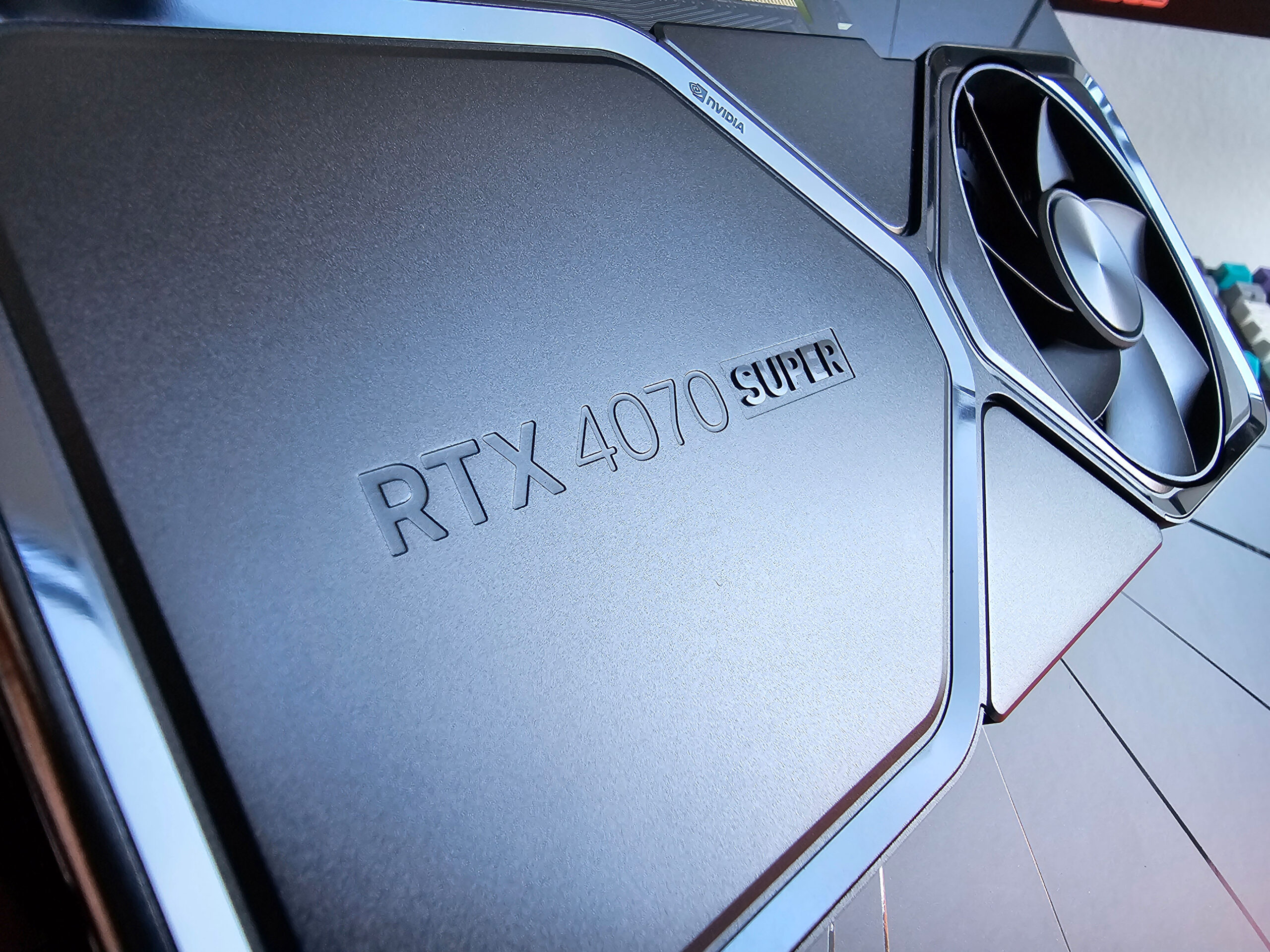
“This image features a relatively small galaxy known as UGC 5189A, which is located about 150 million light-years away in the constellation Leo. This galaxy was observed by Hubble to study a supernova explosion in 2010 known as SN 2010jl.” | Credit: ESA/Hubble & NASA, A. Filippenko 150 million light-years from Earth, a relatively small galaxy, UGC 5189A, was the site of a massive supernova, a super-powerful star explosion. The dwarf galaxy in the constellation Leo was first observed by Hubble in 2010 when the space telescope studied the supernova explosion SN 2010jl. “This particular supernova was notable for having been an exceptionally luminous supernova event,” explains the European Space Agency (ESA). Over three years, SN 2010jl emitted 2.5 billion times more visible energy than the Sun released over the same period across all wavelengths. SN 2010jl is a Type II supernova, or SNII, which means that the star that rapidly collapsed and violently exploded had a mass at least eight times but no more than 50 times the mass of the Sun. SNII are typically observed in the spiral arms of galaxies but not in elliptical galaxies, which are often home to older stars that lack the necessary mass to cause a Type II supernova. UGC 5189 is not a spiral galaxy but is instead an irregular galaxy. These galaxies have no particular or obvious shape and, due to their high quantities of gas and dust, often have significant star formation. If this supernova event has long since subsided and is no longer observable, why are scientists still interested in the area surrounding UGC 5189A? ESA explains: Even after supernovae have faded to non-observable levels, it can still be of interest to study the environments where they occurred. This can provide astronomers with valuable information: supernovae can take place for a variety of reasons, and understanding the environments in which they took place can help improve our understanding of the conditions necessary for them to be triggered. Furthermore, follow-up studies after supernovae can improve our understanding of the immediate aftermath of such events, from their potent effects on the gas and dust around them, to the stellar remnants they leave behind.
UGC 5189A has been studied numerous times since 2010, and the image above comprises data from three of the most recent studies. These recent observations also included examinations of other “relatively nearby” galaxies that played host to supernovae. By “relatively nearby,” ESA means within roughly 100 million light-years, or about 5.88 quintillion miles (5.88 followed by 18 zeroes). Hubble’s WFC3 camera was used to perform these observations and included 336-nanometer and 814-nanometer wavelengths, roughly within the optical wavelength range, although teetering slightly into ultraviolet and infrared ranges. Image credits: ESA/Hubble & NASA, A. Filippenko






